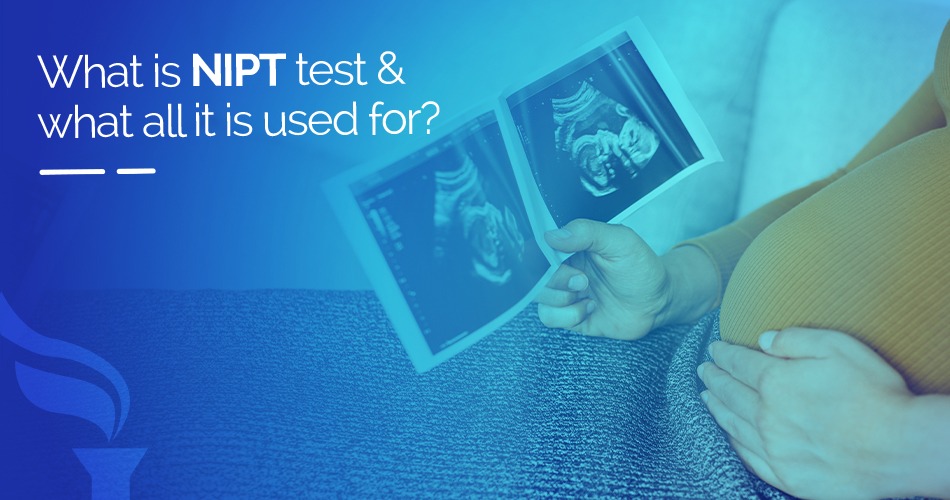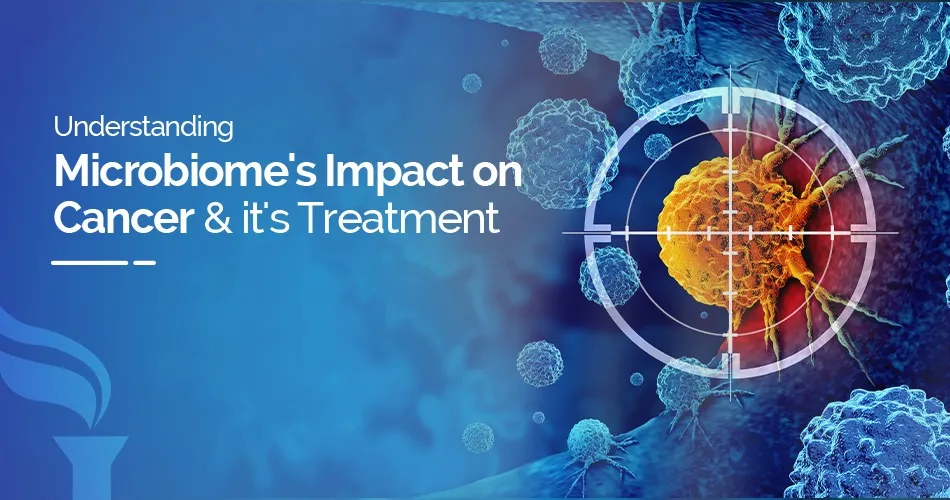Non-Invasive Prenatal Testing What to Expect & The Next Step
Jan 05, 2023

Gestating women detected for the risks of developing Down’s syndrome, Edwards’ syndrome or Patau’s syndrome have two choices - to avoid further screening or get screened for more accurate results.
Non-invasive prenatal testing (NIPT) is a blood test for pregnant women having a higher risk of having the aforementioned syndromes. NIPT is more accurate than early pregnancy screening tests.
Is NIPT Safe & Accurate in Detecting Down’s Syndrome Early?
Yes, one can detect down syndrome in an unborn child to a high level of accuracy without depending on invasive testing methods. NIPT is 99% accurate, allowing healthcare professionals to eliminate the need to use invasive procedures for prenatal diagnosis. NIPT test uses innovative technology to determine any underlying risks without harming the mother or child.
How Does NIPT Works?
The placenta sheds cell-free DNA (cfDNA) during pregnancy, which results in the mixture of placental and maternal cfDNA in the mother's blood. A likelihood ratio is obtained to determine whether or not the baby is more likely to have a chromosomal condition. The procedure is carried out by evaluating the cfDNA in the blood and combining it with the mother's chance of a trisomy (the mother's age or the combined test results made available through the healthcare governing body).
the healthcare governing body).
When Should You Take the NIPT Test?
NIPT is typically performed after 10 weeks of pregnancy. NIPT is not advisable when the mother has cancer or a chromosomal or genetic disorder (including Down's syndrome). The test is not advisable for multiple pregnancies (more than twins) or mothers that have had transplant surgery, immunotherapy, stem cell therapy, or blood transfusions.
What Should you Expect From NIPT
Keep in mind that NIPT provides a probability rather than a yes-or-no response. It is unlikely for the baby to have the ailment if the result falls under the 'low chance' or 'very unlikely to be affected' factor. You will be given the option of a CVS or amniocentesis if the test result is 'high chance' or 'likely to be affected,' which will provide a definitive diagnosis. It is crucial to understand that in this situation, the amniocentesis or CVS will typically confirm that the infant has Down's syndrome.
How is NIPT Reported?
NIPT records the results in three sections — ‘low Chance’, ‘High Chance’ and ‘No Call Result.’
- ‘Low Chance’ indicates lower chances/unlikelihood of being affected with Down’s, Edwards’ or Patau’s syndrome.
- ‘High Chance’ indicates increased chances of the baby being susceptible to having Down’s, Edwards’ or Patau’s syndrome.
- ‘No Recall Value’ indicates that the test didn’t yield any result. It is best to discuss with your healthcare provider for the next step in case of an ‘No Recall Value.’
The Next Step
If the NIPT indicates a high likelihood of abnormality in the baby, yu will be advised to take an invasive test such as amniocentesis or chorionic villus sampling (CVS). These tests provide a definitive answer as to whether your baby has Down syndrome, Edward's syndrome, or Patau's syndrome. Although these invasive techniques give a conclusive diagnosis, they carry the risk of miscarriage.
In moments of uncertainty, feel free to consult your healthcare provider and clear your queries so that you are well aware and informed about the health of your baby and give them the comfort they deserve.
Related Blog Post
Blog Categories
- Child Health
- Mens Health
- Women's Health
- Mental Health
- Health Myths & Facts
- Fitness
- Nutrition/Recipes
- Remedies
- Weight Management
- Stress Management
- Health Supplements
- Addiction Management
- Disease Management
- Allergy
- Anemia
- Arthritis
- Asthma
- Autoimmune Diseases
- Blood Pressure
- Cancer
- Deficiencies
- Dengue/Malaria/Chikungunya
- Diabetes
- Eye Problems
- Heart Diseases
- Hepatitis
- HIV/AIDS/STD
- Hormonal Imbalance
- Infection/Flu/Viral
- Kidney
- Liver
- Menstrual Problems
- Pregnancy
- Skin & Hair Problems
- Stomach Ailments
- Thyroid
- Others
- Health Checkups
- Diagnostics/Pathology
- Lifestyle & Wellness
- Covid
- Medical Tests
- Cholesterol
- Health Tips
- Parent Care/Old Age
- Lungs
- Food Intolerance








